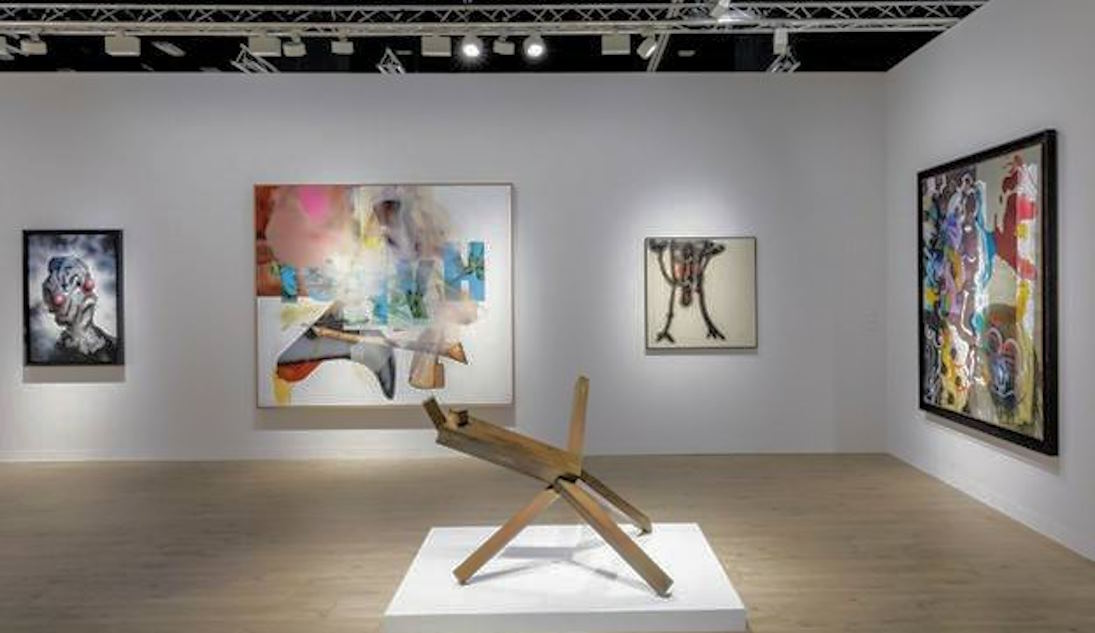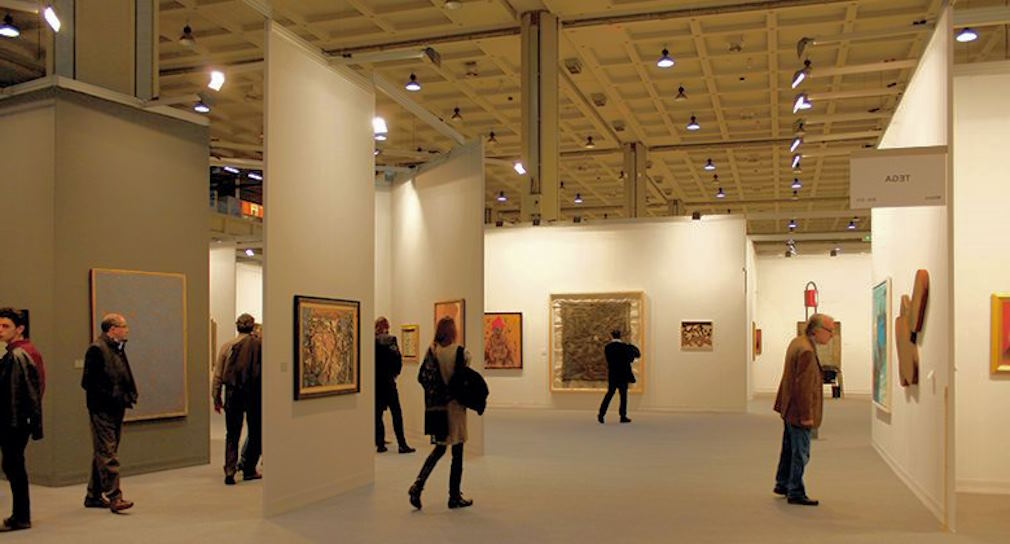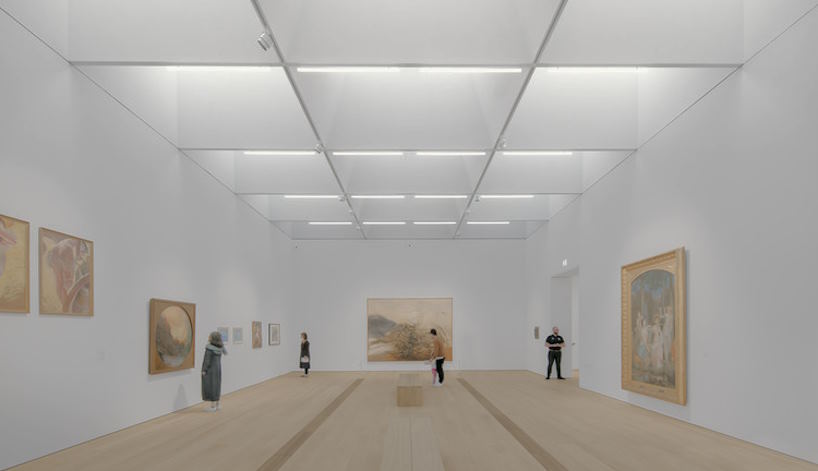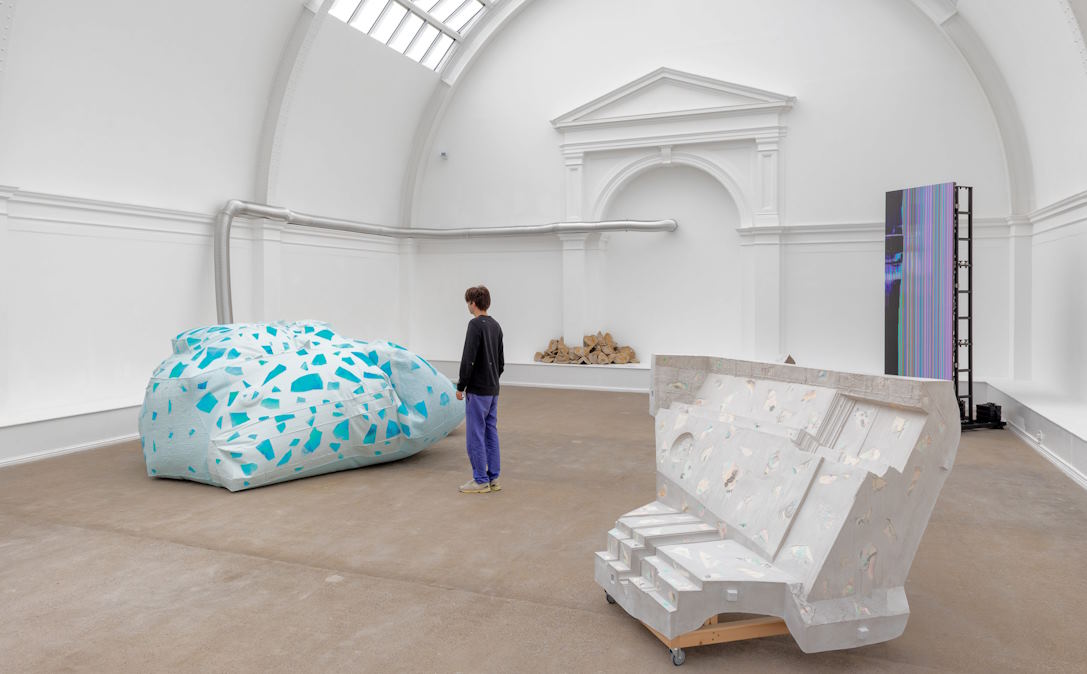
Art exhibitions serve as profound platforms for the presentation and appreciation of creative expression, offering audiences a window into the minds and hearts of artists across time and space. Yet, amidst the intricate brushstrokes, sculpted forms, and conceptual installations lies a silent but powerful protagonist: lighting. Often overlooked, the role of lighting in these exhibitions is nothing short of transformative, shaping not only how artworks are perceived but also the emotional resonance they evoke within viewers.
Factors Influencing Lighting Design for Art Exhibitions
When it comes to crafting the perfect ambiance for art exhibitions, lighting design plays a pivotal role. Here, we delve into the key factors that influence the choices made by curators and lighting designers:
Considerations for natural vs. artificial lighting:
One of the primary considerations in lighting design for art exhibitions is the balance between natural and artificial lighting. While natural light can provide a soft, diffused glow that enhances the overall ambiance, it can also be unpredictable and difficult to control. In contrast, artificial lighting offers consistency and control, allowing curators to tailor the lighting to suit the needs of each artwork and exhibition space.

Adaptability of lighting design to different types of art and exhibition spaces:
Every artwork has its own unique characteristics and requirements when it comes to lighting. From delicate watercolors to bold sculptures, each piece demands a tailored approach to illumination. Additionally, exhibition spaces vary widely in terms of layout, size, and architectural features, necessitating flexibility in lighting design. By considering the specific needs of each artwork and exhibition space, curators and lighting designers can create a cohesive and impactful lighting scheme that enhances the viewer’s experience.
Techniques for Effective Lighting in Art Exhibitions
In the world of art exhibitions, lighting isn’t just about illuminating the space; it’s about creating an immersive experience that captivates the viewer’s senses. Let’s explore some key techniques used by curators and lighting designers to achieve just that:
Directing focus through spotlighting and accent lighting:
Spotlighting and accent lighting are powerful tools for guiding the viewer’s gaze towards specific artworks or details within an exhibition. By strategically placing focused beams of light, curators can highlight key pieces, draw attention to intricate features, or create dramatic focal points that command the viewer’s attention.

Creating ambiance with ambient lighting and color temperature:
Ambient lighting sets the tone for the entire exhibition space, shaping the viewer’s mood and perception of the artwork. By carefully selecting the color temperature and intensity of ambient lighting, curators can evoke different emotions and create immersive atmospheres that complement the theme or style of the exhibition.
Minimizing glare and reflections for optimal viewing conditions:
Glare and reflections can detract from the viewing experience, causing distractions and obscuring the artwork. To mitigate these issues, lighting designers employ a variety of techniques, such as using matte surfaces, adjusting light angles, and incorporating anti-glare fixtures. By ensuring optimal lighting conditions, curators can ensure that viewers can fully engage with the artwork without any visual impediments.

